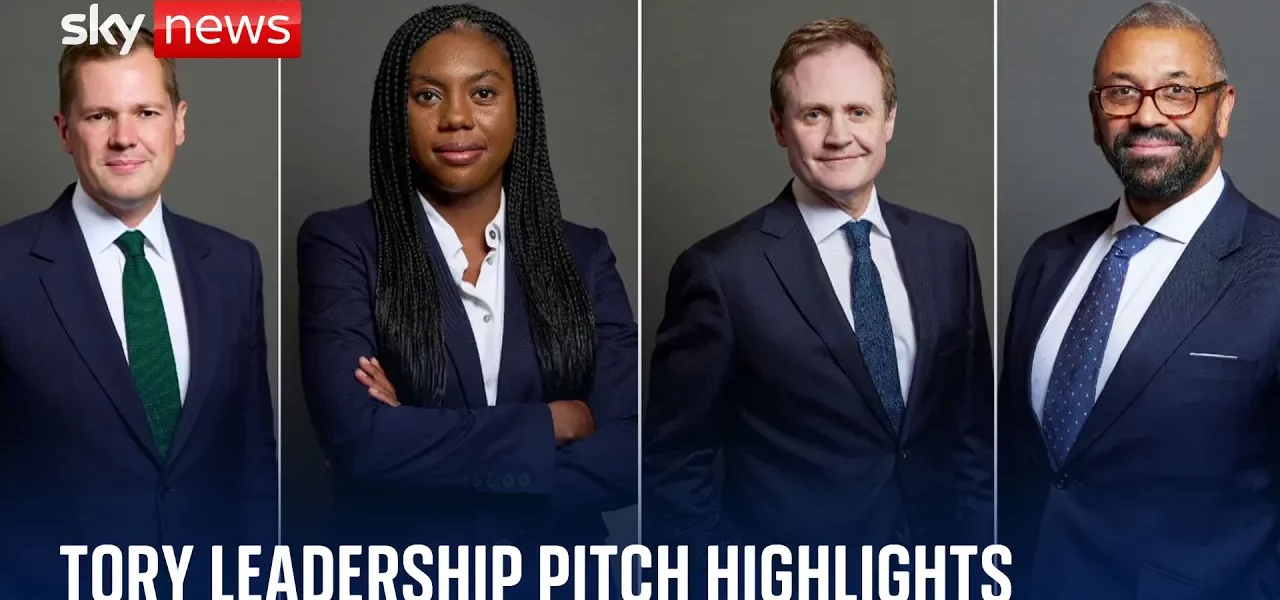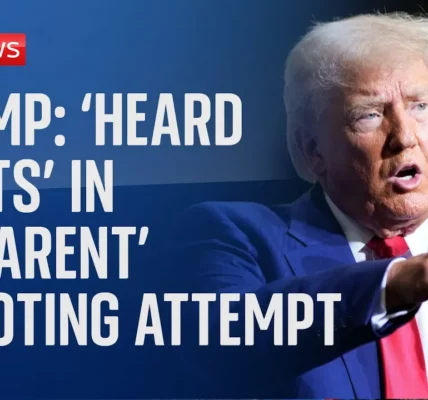Conservative Leadership Candidates Address Delegates at Birmingham Party Conference

This article provides a comprehensive overview of the four candidates vying for the Conservative leadership, as they present their visions and strategies at the Party Conference in Birmingham. Each candidate’s unique approach highlights the current political landscape and the challenges ahead for the party.
Introduction
The Conservative Party Conference held in Birmingham recently showcased the four candidates still in the race to become the next leader of the party. Robert Jenrick, Kemi Badenoch, Tom Tugendhat, and James Cleverly each took to the stage, delivering passionate speeches aimed at convincing delegates of their leadership capabilities. This event not only serves as a platform for candidates to present their policies but also reflects the shifting dynamics within the party as it seeks to address pressing national issues. With a keen focus on leadership qualities, economic policies, and party unity, the speeches delivered at this conference are critical in shaping the future direction of the Conservative Party.
Candidate Speeches Overview
Each candidate’s speech was designed to resonate with party members and to highlight their vision for the future of the Conservative Party. Below is a detailed breakdown of the key speeches and themes presented by each candidate.
1. Robert Jenrick: The Front Runner
Robert Jenrick, widely considered the front-runner in this leadership race, made a compelling case for his vision. His speech focused on:
- Leaving the European Conservative Reformists (ECR).
- Criticism of the current Net Zero agenda.
- Plans to reduce immigration.
Jenrick’s approach appeals to the right of the party, aiming to solidify support among traditional Conservative voters who prioritize strong national policies.
2. Kemi Badenoch: Challenging the Status Quo
Kemi Badenoch addressed the pervasive influence of the left within the bureaucracy and state, vowing to:
- Provide a fresh perspective on governance.
- Champion individual freedoms and economic opportunities.
- Encourage innovation and creativity in public service.
Her speech resonated with those frustrated by the current political landscape, positioning her as a candidate of change.
3. Tom Tugendhat: The Center-Right Candidate
Tom Tugendhat’s speech was traditional and focused on core Conservative values, emphasizing:
- National security and defense.
- Economic stability and tax reduction.
- Deregulation to stimulate business growth.
Despite being viewed as an outsider, Tugendhat’s message aimed to unite the party under a common agenda while addressing critiques of the opposition.
4. James Cleverly: The Unity Candidate
James Cleverly focused on the theme of unity within the party, incorporating humor and personal anecdotes to connect with delegates. Key points included:
- Highlighting personal experiences with the NHS.
- Promoting a more relatable Conservative image.
- A call for optimism and a positive outlook for the party’s future.
Cleverly’s approach was well-received, generating significant applause and potentially positioning him as a strong contender for the final two candidates.
Political Context and Implications
The speeches at the Birmingham Party Conference not only showcased individual candidates but also reflect the broader political context in which the Conservative Party operates. The key themes and issues raised during the event indicate the challenges the party faces:
Current Political Climate
The Conservative Party is at a crossroads, grappling with public discontent over:
- High tax burdens.
- Concerns over immigration policies.
- The need for economic recovery post-pandemic.
As candidates vie for leadership, their proposals will shape the party’s strategy in addressing these pressing concerns.
Audience Reception and Candidate Dynamics
Each candidate’s reception by delegates varied, with James Cleverly receiving notable applause, indicating a positive response to his message of unity. The dynamics of the candidates will play a crucial role in the upcoming rounds of voting, as they seek to differentiate themselves and gain traction among party members.
Conclusion
The Conservative Party Conference in Birmingham served as a critical platform for the candidates to articulate their visions for leadership. Each candidate brought unique perspectives and strategies to the table, aiming to resonate with delegates and party members. As the leadership race continues, the insights gained from this conference will undoubtedly influence the party’s direction and appeal to voters. It is essential for party members and the public to stay informed about these developments as they will shape the future of the Conservative Party. For more insights and updates on political developments, be sure to check our related articles.
“`




